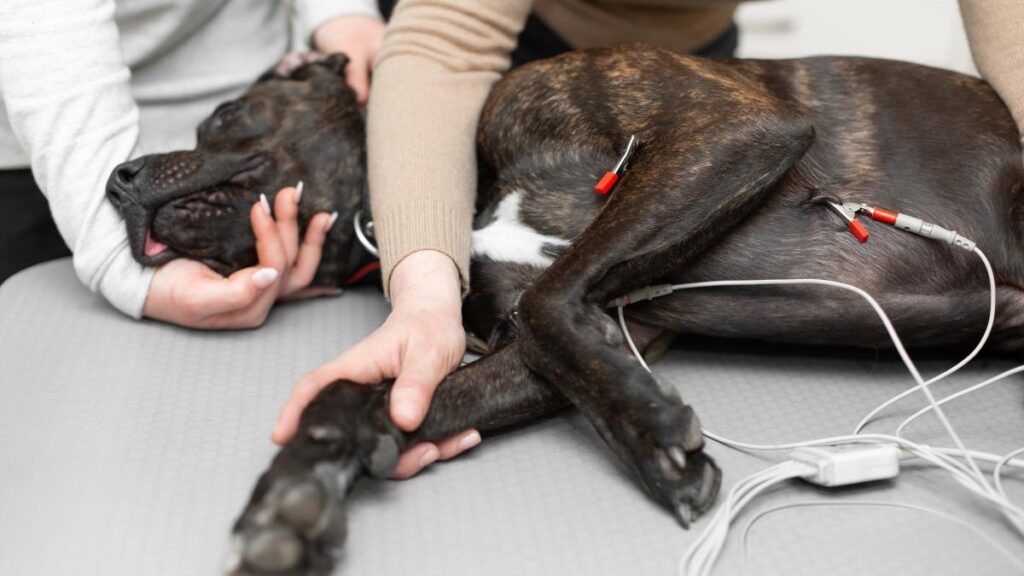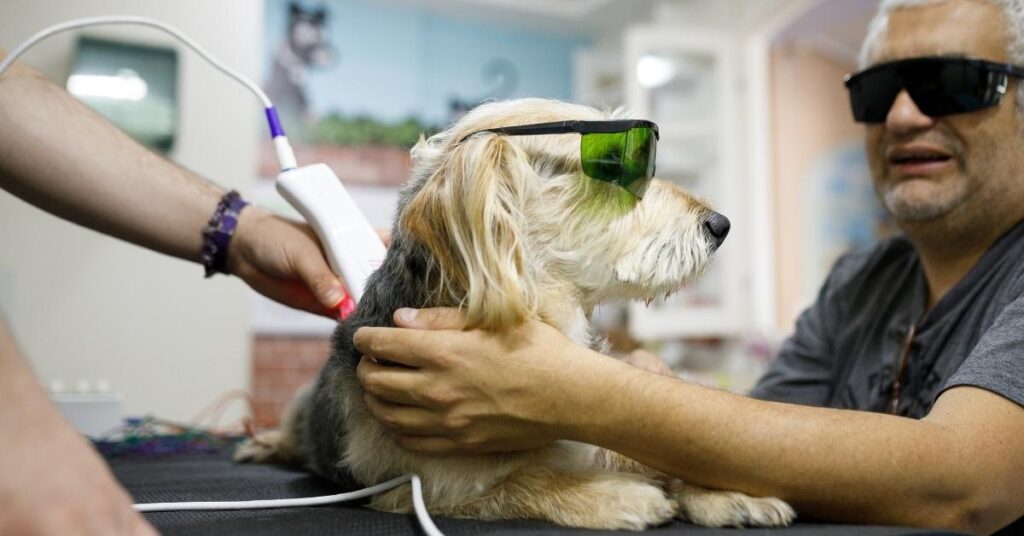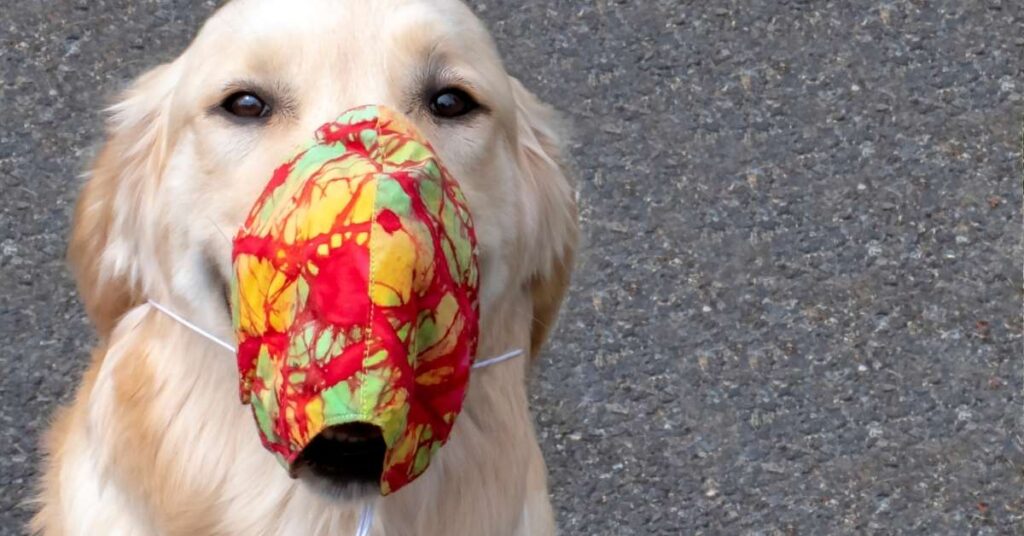Now Reading: Dog Being Sick Yellow: A Sign of Serious Trouble?
- 01
Dog Being Sick Yellow: A Sign of Serious Trouble?

Dog Being Sick Yellow: A Sign of Serious Trouble?
When you see dog being sick yellow, panic can creep in. That strange yellow vomit? It’s usually bile—but it can indicate anything from mild hunger to something much more serious. Let’s break it down simply, so you know when to treat at home and when to rush to the vet.

What Is Dog Being Sick Yellow?
Yellow vomit in dogs is almost always bile. Bile is made in the liver, stored in the gallbladder, and helps digest food. If it backs up into the stomach without food, your dog may vomit yellow.
That yellow throw up can be foamy or watery, sometimes tinged with mucus. If your pup eats at odd hours or skips meals, this can happen .
Why Is My Dog Throw Up Yellow?
Here are common reasons behind dog yellow vomit:
- Empty Stomach – Known as bilious vomiting syndrome. Happens in the morning or after a long fast.
- Dietary Indiscretion – Eating trash, grass, spoiled food can irritate the stomach.
- Food Allergies or Sensitivities – Some ingredients trigger gastrointestinal upset.
- Pancreatitis – Comes with yellow vomit, diarrhea, and abdominal pain.
- Gastrointestinal Blockage – Vomit may begin with food and end in yellow bile—often painful .
- Acid Reflux – Bile can flow back into the stomach and esophagus.
- Severe Illness – Liver, kidney disease, parasites, infections, or cancer can show up as yellow vomit.
Must Read: Sensitive Stomach Dog Food: What to Look for in 2025
Dog Being Sick Yellow: Should I Be Worried?
Not always. Occasional yellow vomit with no other symptoms is often mild. But frequent vomiting, lethargy, diarrhea, loss of appetite, or pain? That’s when dog being sick yellow turns into a real concern .
Home First Aid for Yellow Vomit

If there’s no other symptom and vomiting happened once:
- Withhold food for 12 hours.
- Offer small sips of water to avoid dehydration.
- Next meal: bland diet like boiled chicken and rice.
- Observe closely for 24 hours for other signs.
If vomiting stops and pup acts fine, gradually resume normal diet. But if vomiting recurs—call your vet.
A Treat For You: Pet Odor Eliminators that Actually Work: Freshen Up Your Home!
When to Rush to the Vet
Call your vet right away if your dog shows:
- Multiple bouts of yellow vomit in one day
- Lethargy or weakness
- Diarrhea or blood in vomit
- Abdominal pain or bloating
- Refusal to eat or drink
- Jaundice (yellow gums or eyes)
These could signal pancreatitis, blockages, liver or kidney disease—some are life-threatening.
Vet Diagnostics & Treatment Steps
Your vet may recommend:
- Physical exam and history
- Blood and urine tests
- X-rays or ultrasound to check for blockages or organ disease
- Endoscopy for deeper look
Treatment options:
- IV fluids to treat dehydration
- Medications: anti-nausea, antacids, acid reducers
- Surgery to remove a blockage if needed
- Dietary changes for chronic issues like BVS .
Prompt care often leads to full recovery, especially in mild cases.
Also Read: Why My Dog Has Diarrhea But is Acting Fine: 7 Possible Reasons
Preventing Yellow Vomit
Here’s what you can do:
- Provide small meals throughout the day to avoid empty stomach
- Avoid letting your dog eat table scraps, garbage, or grass
- Keep a gradual routine when changing their diet
- Use a slow feeder if they eat too fast
- Stay current on parasite prevention and wellness exams
These habits help reduce chances of bile vomiting.
Don’t Ignore Your Gut—Or Your Dog’s!

Here’s the thing—dog being sick yellow might not always scream “emergency,” but it’s still your dog’s way of telling you something’s off. You know your pup better than anyone. Is their energy low? Are they acting off, even just a little? Trust your instincts. Dogs can’t speak, but their bodies do. If yellow vomit becomes a regular thing, don’t brush it off. Keeping a journal of their vomiting episodes, food changes, and behavior can help your vet solve the puzzle faster. Remember, the earlier you act, the easier the fix. Whether it’s a simple belly ache or something deeper, staying alert could make all the difference. So next time you see that yellow mess—pause, observe, and be your dog’s health hero!
Summing Up
Dog being sick yellow is often just bile from an empty stomach. But it can also signal more serious issues. Offer bland meals, watch for warning signs, and visit the vet if symptoms persist. Better safe than sorry—your pup depends on it.
Let me know if you’d like a printable quick-care checklist or recommendations for vet-approved tummy-soothing diets!
FAQ
A: Likely bile from an empty stomach. Try a late-night snack or smaller meals.
A: Mostly bile, stomach acid, or mucus. Occasional cases often relate to hunger .
A: If it happens often or is paired with diarrhea, pain, lethargy, or appetite loss, see the vet asap .
A: Feed smaller, frequent meals. Avoid triggers like fatty or unfamiliar food .













